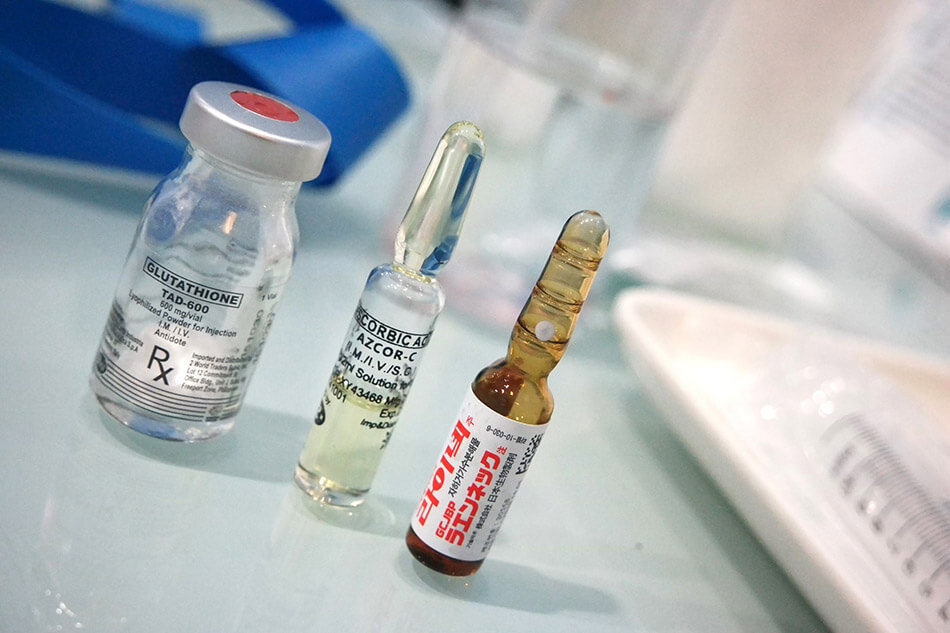The EPA’s Final Management Standards for Hazardous Waste Pharmaceuticals is designed to regulate hazardous waste and its effects on human health and the environment and the ways in which these hazardous materials are produced and dealt with.
This new Final Waste Pharmaceutical Rule is the final implementation of the rule set governing this issue, and has been long anticipated to alter the industry and how it behaves. The rule itself actually provides a bit of flexibility compared to the past, in regards to certain regulations for training, reporting, record-keeping, and other tasks.
This is meant to take some pressure off of pharmaceutical agencies while still allowing for appropriate and necessary oversight to commence.
The EPA’s final waste pharmaceuticals rule creates an entirely new set of RCRA regulations at 40 CFR Part 266, Subpart P, necessary because of the many differences between typical hazardous waste production, and dealing with pharmaceutical waste.
This is to ensure a more effective form of regulation while still addressing the needs of dealing with pharmaceutical waste. It’s important to note that the changes were developed to make everything more easy to understand and deal with, not less, which is something the industry has been desiring for a long time. The final rule seeks to rectify these issues and make compliance a more intuitive process for everyone.
Here are the major rules that are affected:
- Healthcare facilities will not become a large quantity generator (LQG) when said facilities generate more than 1 kilogram (kg) of acute hazardous waste in a month.
- Healthcare facilities will not have to comply with satellite accumulation area regulations, and they will be able to accumulate hazardous waste on-site without a permit for up to a year.
- Healthcare facilities will no longer need to record hazardous waste codes on manifests.
- Healthcare facilities will still have training requirements according to the EPA.
What Does the Final Waste Pharmaceuticals Rule Mean For Me?
These changes and everything outlined in the EPA’s new rule are designed to make everything easier on the industry as well as on the agency. As you can see from the above points, the new rule approaches the goals of RCRA more accurately, while still providing necessary regulation where it is needed.
Because of the unique ways in which pharmaceutical waste is generated and disposed of in the first place, certain measures were taken to regulate this industry.
The rule itself states,
“Under this final rule, EPA expects that the management of hazardous waste pharmaceuticals will improve and the regulatory burden for many hazardous waste pharmaceutical generators will decrease,” states the Agency.
“This final rule provides a solution to many of the issues facing healthcare facilities. By finalizing a convenient and practical system for the management of hazardous waste pharmaceuticals that is easy to comply with, EPA encourages healthcare facilities to manage all of their pharmaceutical waste—non-hazardous and hazardous—under the final rule.”
So the answer to what the rule means for those in charge of pharmaceutical industries, is that the EPA was going for a more practical system that makes things easier all around.
The changes are being put in place to encourage producers of waste to take care of it in a safe manner as per the regulations, while not having to deal with too many rules to do so. In other words, it’s a bridge or a middleground for you to meet the EPA requirements without shouldering too much of a burden.
The new rule will take effect for everyone by August 21, 2019. If you have any questions about compliance, please feel free to contact us here.

